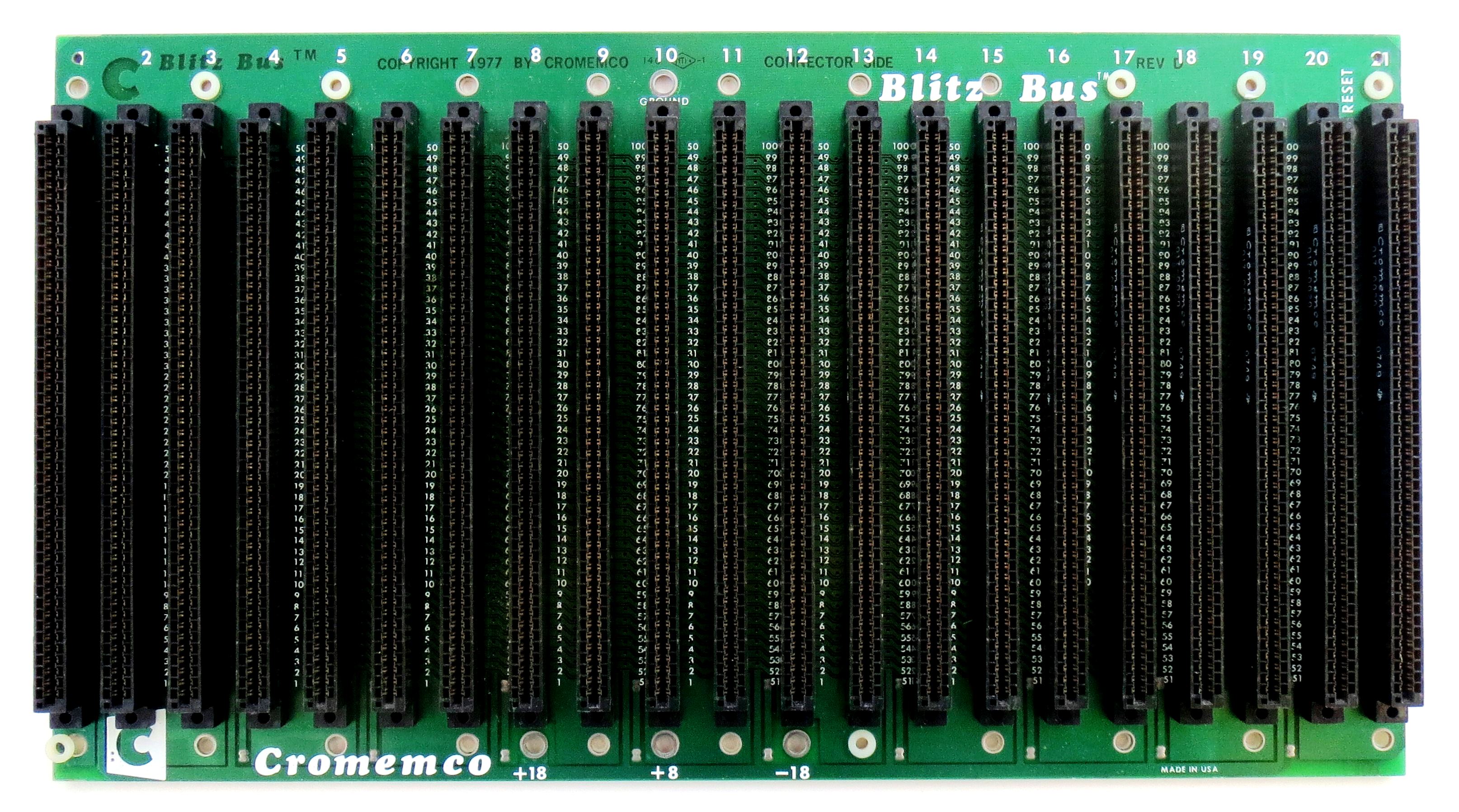Your other thread asked about a SN74LS245

Cromemco S-100 "Blitz Bus" Motherboard
A S-100 21 slot motherboard
A good S-100 board
1. Use a driver when signal went off the board to the motherboard.
2. Use one Schmidt input for signals from motherboard to the board.
A bus like this has a lot of noise, High power drivers help but terminators are often needed.
Active terminator that allowed for such a long S-100 bus!
http://www.digibarn.com/collections/systems/s-100-multiprocessor/DSC07244.JPGWhile 21-slots sounds like a lot, there were systems that needed more.
http://www.digibarn.com/collections/systems/s-100-multiprocessor/DSC07239.JPGChicago_Mercantile_Exchange
 https://commons.wikimedia.org/wiki/File:Cromemco_Z-2_Systems_at_Chicago_Mercantile_Exchange_(1984).jpg#/media/File:Cromemco_Z-2_Systems_at_Chicago_Mercantile_Exchange_(1984).jpgThe picture is racks of rack mounted computers with the above motherboard.
https://commons.wikimedia.org/wiki/File:Cromemco_Z-2_Systems_at_Chicago_Mercantile_Exchange_(1984).jpg#/media/File:Cromemco_Z-2_Systems_at_Chicago_Mercantile_Exchange_(1984).jpgThe picture is racks of rack mounted computers with the above motherboard.There were systems that had 17 Z80's plugged into one motherboard like this.
The above show where a 74LS245's output is driving many inputs via system bus.
Some of the processor boards used three buses. A local bus, a system bus & a local bus expansion. The Local bus was faster. The local bus expansion was a little slower due to extra buffers. While the system bus you had the many processors trying to use the bus slowing things more.
The three 74LS245's were used as a three way switch.
A different use is to drive a longer distance to a single input, A bus extension.
So a 74LS245 lets you drive more inputs and it's Schmidt inputs removes some bus noise problems.
This comes at a BIG cost, the time delay of the 74LS245. If you look at the system bus you have 4 drivers in the path for a read, each adding a time delay(
12ns X 4 = 48ns). This delay is with the drivers already enabled.